The successive layers of history of a thousand years
In 2010, the time of the 1,000th anniversary of Thang Long, the world heritage dossier of Thang Long Imperial Citadel contained both pride and anxiety and excitement. Professor Phan Huy Le, Chairman of the Historical Science Association at that time, said that at first, researchers were quite confident about the recognition of the Imperial Citadel. However, in June 2010, an announcement from ICOMOS (an independent professional organization reviewing the dossier) concluded that the heritage site, although very valuable, was not yet complete in terms of research and protection, so it needed to be postponed. At that time, it was only nearly 2 months before the meeting to review the dossier.
Dien Kinh Thien through French documents
PHOTO: DOCUMENTARY
Finally, the Thang Long Imperial Citadel dossier was also hammered by UNESCO to become a world cultural heritage in 2010. A heritage site that is the center of power through many periods - that is one of the community's perceptions of the Imperial Citadel. Since then, research on Thang Long Imperial Citadel has been conducted continuously, and areas that are less accessible to the public have also been revealed.
After the Imperial Citadel was recognized as a heritage site, the area in front of Doan Mon became a check-in place for students to take yearbook photos every year. This area was also planned as a place for community activities to promote heritage values in accordance with the commitment to UNESCO. One of the most famous community activities ever held here was the Monsoon International Music Festival . The first season took place in 2014, with Vietnamese and international artists, the opening night attracted about 10,000 spectators. In the following years, foreign audiences came to Vietnam to watch Monsoon ...
The Imperial Citadel also attracts the public to experience areas related to military activities such as D67 bunker and the Operations Department. And on the occasion of the 80th anniversary of National Day, the Cipher Bunker - General Staff Headquarters relic was opened to visitors for the first time. This is a part of the Hanoi ancient citadel tunnel system, built during the years of resistance for independence and national unification, playing an important role in helping the General Headquarters of the Vietnam People's Army maintain direction, management and command over the military branches and fronts in the conditions that Hanoi was attacked by enemy air forces.
Golden age and the dream of restoring Kinh Thien
During archaeological excavations, the glorious past at Thang Long Imperial Citadel always makes archaeologists extremely happy. "The discoveries underground are so great. It gives us an idea of the dynasties and the brilliant architectures," said Associate Professor, Dr. Tong Trung Tin, Chairman of the Vietnam Archaeological Association.
Perhaps that is why, to understand more about the Imperial Citadel, archaeological excavations have been carried out continuously since it became a world cultural heritage. In addition, the huge number of artifacts found through excavations has also been continuously edited, then displayed, attracting a large number of people. At the Imperial Citadel of Thang Long, many artifacts have also been recorded to become national treasures such as: royal maids' cards entering and leaving the inner palace, architectural models of the early Le Dynasty, many ceramic artifacts... Up to now, the Imperial Citadel has 11 national treasures.
From the artifacts in the Imperial Citadel of Thang Long, valuable exhibition areas have been formed. Among them, the most prominent is the exhibition in the basement of the National Assembly about the Imperial Citadel, with many precious artifacts such as dragon heads, terracotta phoenixes, horse tombs, artifacts showing the hobby of keeping ornamental birds in the royal palace... Another exhibition right at the Imperial Citadel about royal utensils, with artifacts that are no longer intact restored with techniques, to show what they used to be like, how they were created...
However, the biggest dream of Thang Long Imperial Citadel at present is to restore Kinh Thien Palace. Associate Professor, Dr. Tong Trung Tin said that researchers have gone 60% of the way to understanding the restoration of this palace. However, according to Associate Professor, Dr. Dang Van Bai, Chairman of the National Heritage Council, the restoration should not stop at the architectural shell, but should also conduct specialized research to restore the interior.
An important milestone is that in 2024, UNESCO gave the green light to the restoration of Kinh Thien Palace, with Decision 46 COM 7B.43 agreeing with Vietnam's proposed contents on the orientation, vision for research, conservation and development of the World Heritage Site of the Central Area of the Imperial Citadel of Thang Long. Accordingly, there may be changes to some buildings to create space to restore the Than Dao axis and Kinh Thien Palace.
Most recently, in May 2025, General Secretary To Lam, when receiving Mr. Lazare Eloundou Assomo, Director of the UNESCO World Heritage Center, requested UNESCO to continue to accompany and support Vietnam in spreading Vietnamese cultural values to the world, preserving and promoting world heritages in Vietnam. In particular, he requested to continue to support and advise so that the dossier to restore Kinh Thien Palace and the main space of Kinh Thien Palace of the Thang Long Imperial Citadel World Heritage Site can be approved by UNESCO as soon as possible. (to be continued)
Source: https://thanhnien.vn/thanh-thang-long-giac-mo-hoan-thien-dan-185250831221607382.htm


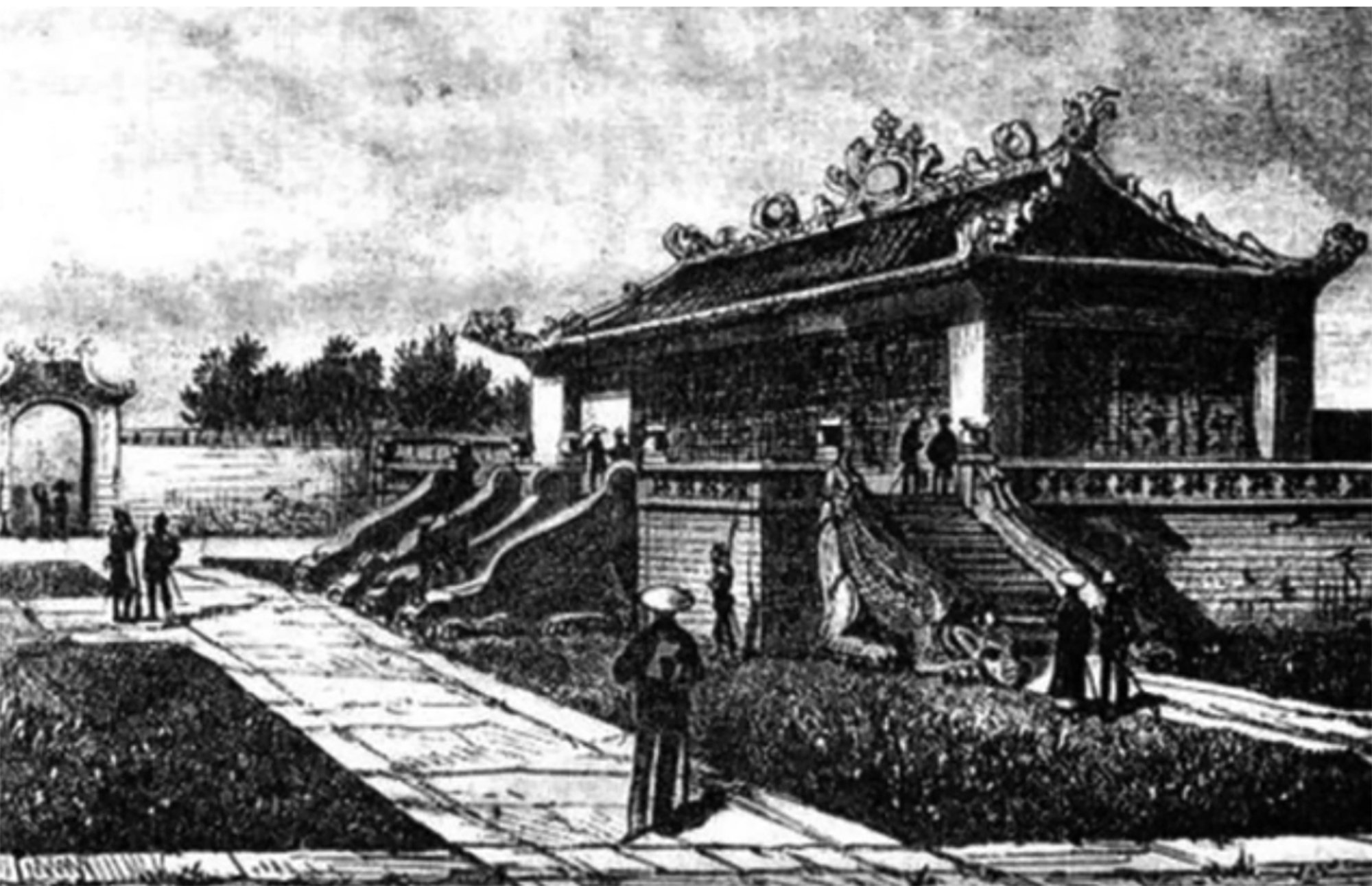
![[Photo] Lam Dong: Images of damage after a suspected lake burst in Tuy Phong](https://vphoto.vietnam.vn/thumb/1200x675/vietnam/resource/IMAGE/2025/11/02/1762078736805_8e7f5424f473782d2162-5118-jpg.webp)


![[Photo] President Luong Cuong receives US Secretary of War Pete Hegseth](https://vphoto.vietnam.vn/thumb/1200x675/vietnam/resource/IMAGE/2025/11/02/1762089839868_ndo_br_1-jpg.webp)


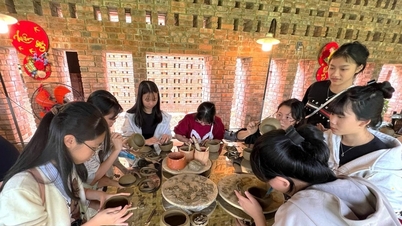

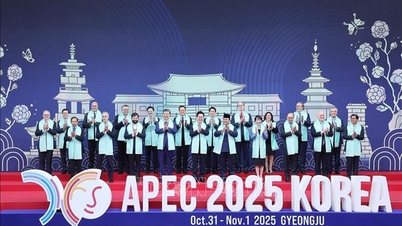

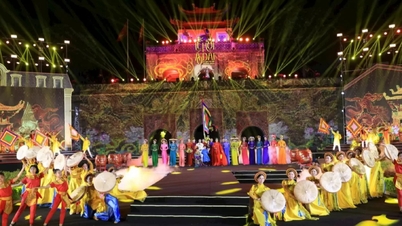

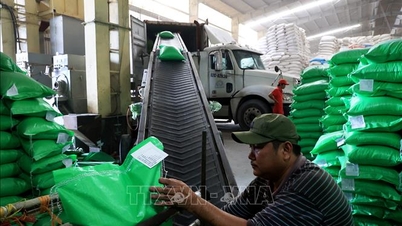
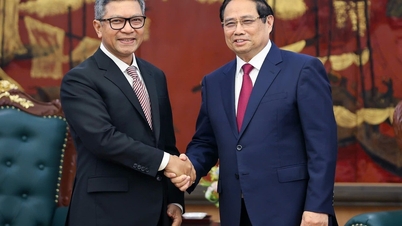
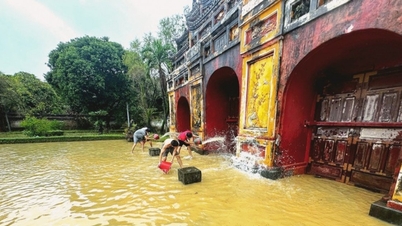

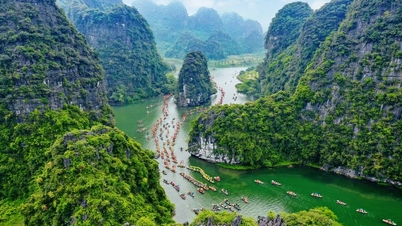

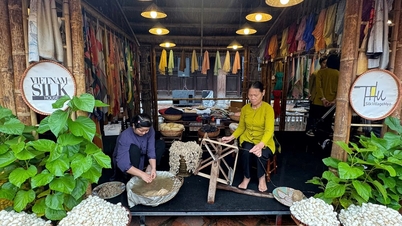

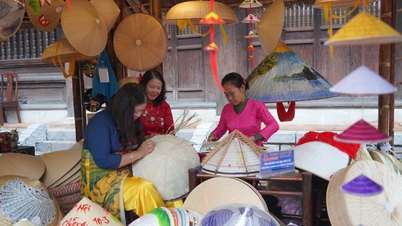

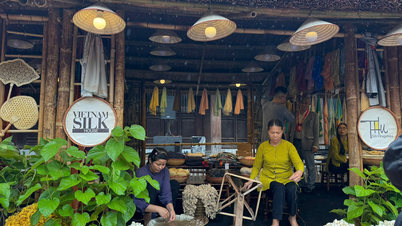

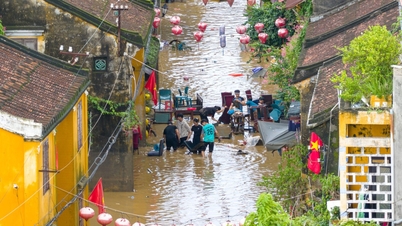

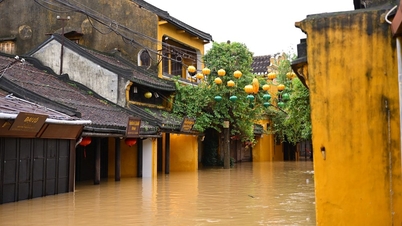

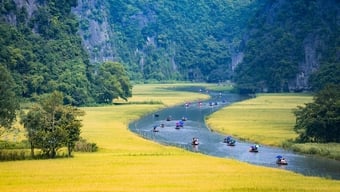









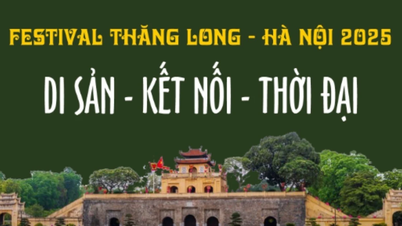

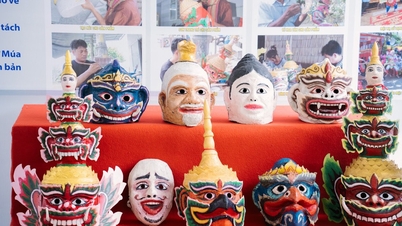
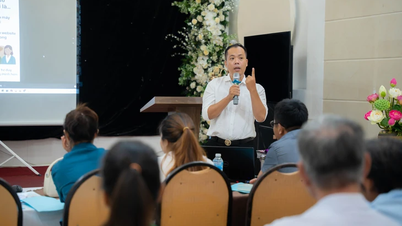
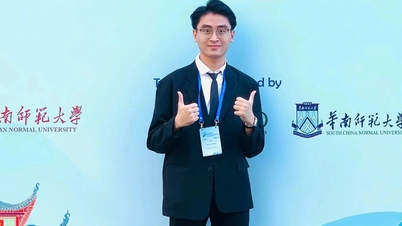
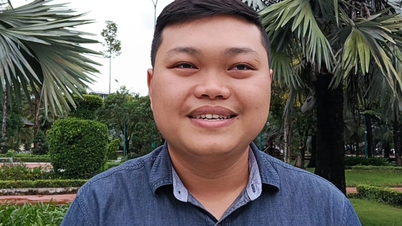

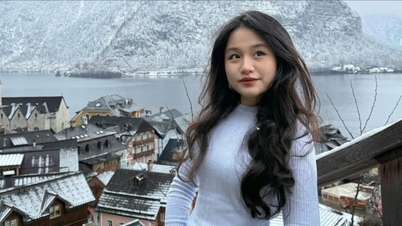

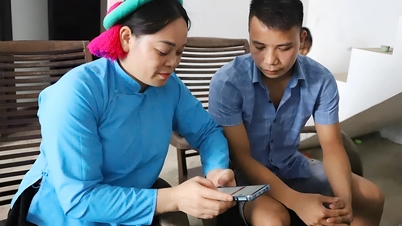






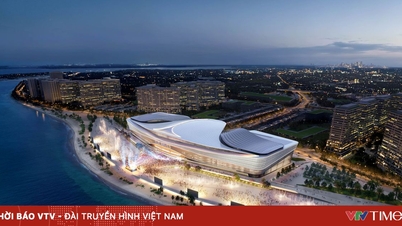
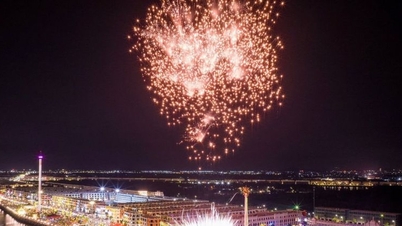

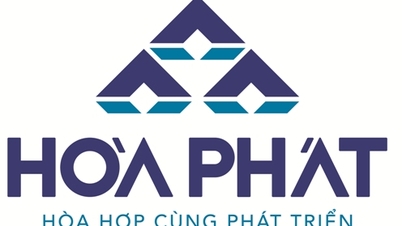








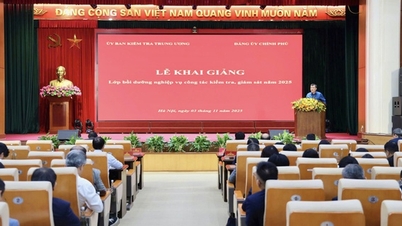


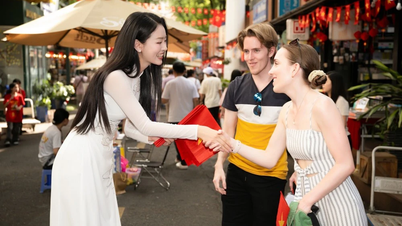
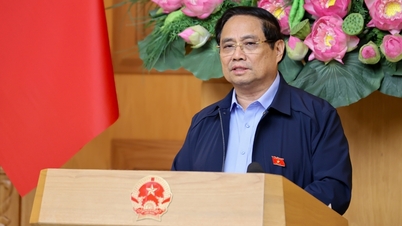



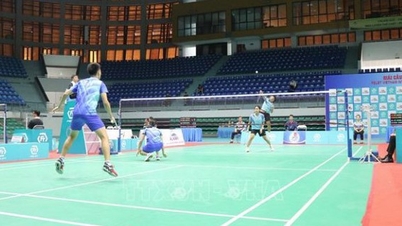
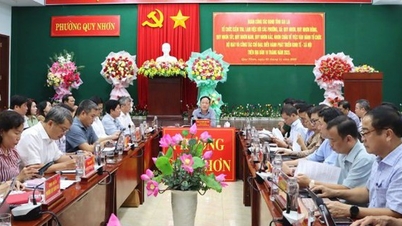
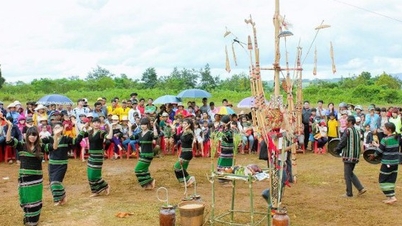

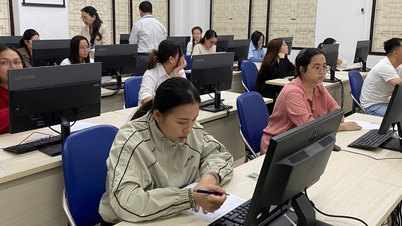

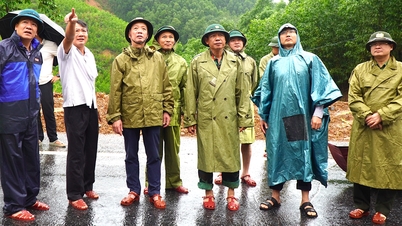
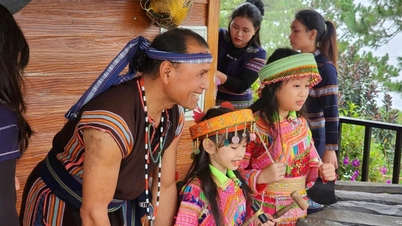
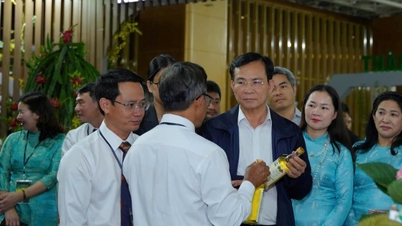
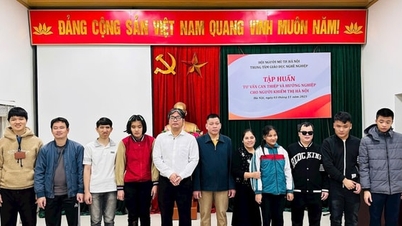

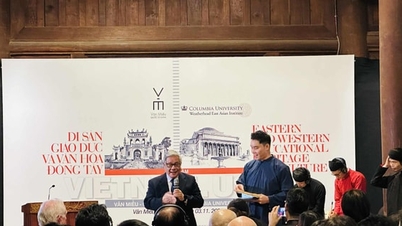
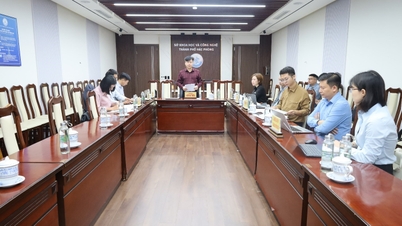













Comment (0)